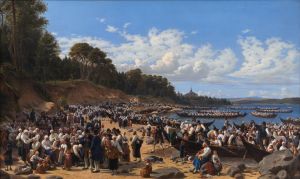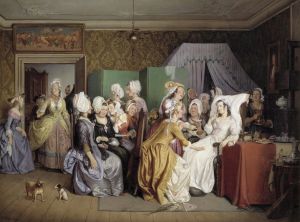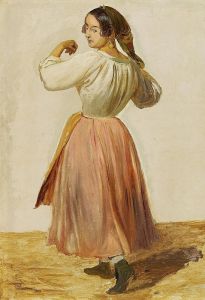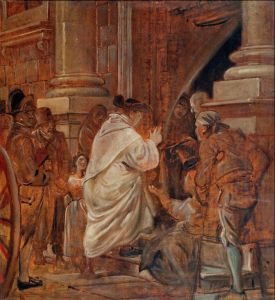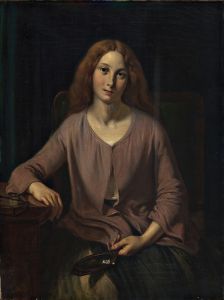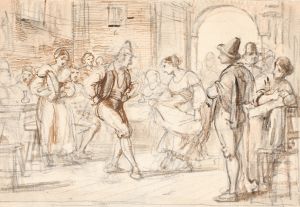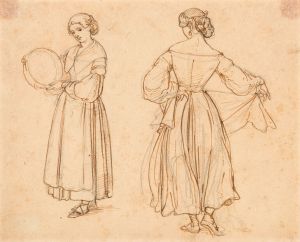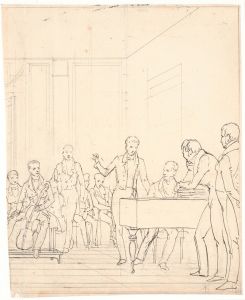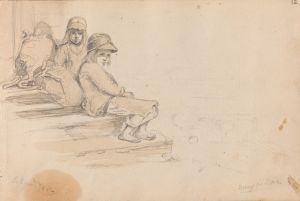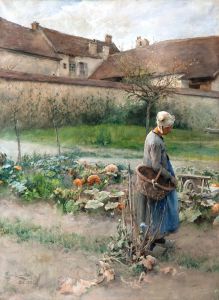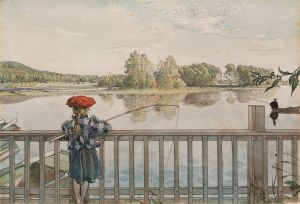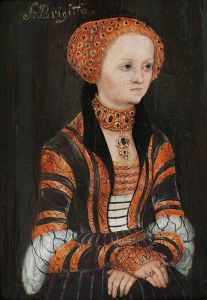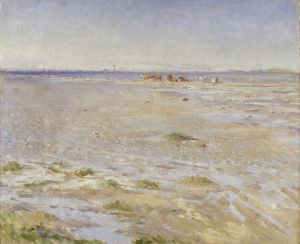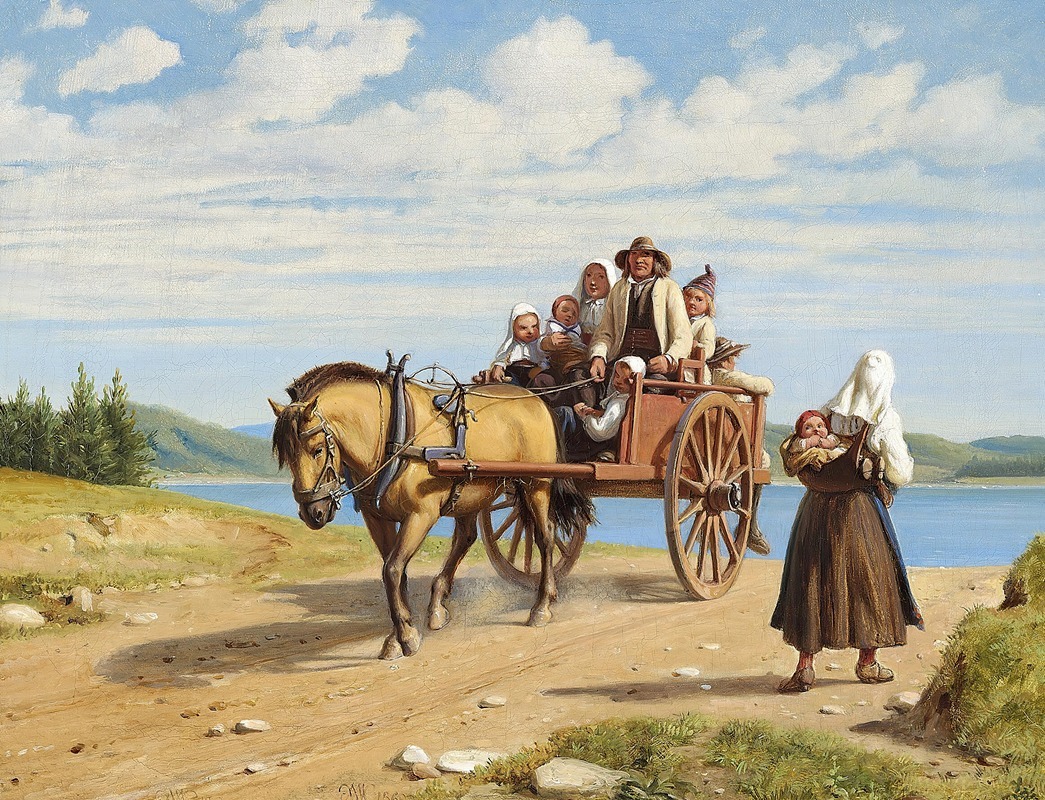
Parti fra Leksand med dalarbønder på søndagsudflugt i hestevogn
A hand-painted replica of Wilhelm Marstrand’s masterpiece Parti fra Leksand med dalarbønder på søndagsudflugt i hestevogn, meticulously crafted by professional artists to capture the true essence of the original. Each piece is created with museum-quality canvas and rare mineral pigments, carefully painted by experienced artists with delicate brushstrokes and rich, layered colors to perfectly recreate the texture of the original artwork. Unlike machine-printed reproductions, this hand-painted version brings the painting to life, infused with the artist’s emotions and skill in every stroke. Whether for personal collection or home decoration, it instantly elevates the artistic atmosphere of any space.
Wilhelm Marstrand was a prominent Danish painter known for his lively and detailed genre scenes, often depicting everyday life with a touch of humor and vivid characterization. One of his notable works is "Parti fra Leksand med dalarbønder på søndagsudflugt i hestevogn," which translates to "Scene from Leksand with Dalarna Farmers on a Sunday Outing in a Horse Carriage." This painting captures a moment of rural life in Sweden, specifically in the region of Dalarna, known for its rich cultural traditions and picturesque landscapes.
Marstrand was born in Copenhagen, Denmark, in 1810 and became a central figure in the Danish Golden Age of painting. He studied at the Royal Danish Academy of Fine Arts and later traveled extensively throughout Europe, including Italy and Germany, which influenced his artistic style. His works often reflect a keen observation of social interactions and a deep appreciation for the nuances of human behavior.
The painting "Parti fra Leksand med dalarbønder på søndagsudflugt i hestevogn" is an excellent example of Marstrand's ability to capture the essence of a scene with both accuracy and artistic flair. It depicts a group of farmers from Dalarna, a historical province in central Sweden, enjoying a leisurely Sunday outing. They are portrayed riding in a horse-drawn carriage, a common mode of transportation during that period. The scene is set against the backdrop of the idyllic Swedish countryside, with its rolling hills and lush greenery, which Marstrand renders with meticulous attention to detail.
Marstrand's choice to depict a Sunday outing is significant, as Sundays were traditionally a day of rest and leisure in many Christian communities, including those in Scandinavia. This day provided an opportunity for people to gather, socialize, and enjoy the company of family and friends, away from the demands of daily labor. The painting captures this spirit of relaxation and camaraderie, as the farmers appear content and engaged in conversation, perhaps discussing the week's events or simply enjoying the pleasant weather.
The attire of the figures in the painting is also noteworthy. Marstrand pays close attention to the traditional clothing of the Dalarna region, which is characterized by its distinctive patterns and vibrant colors. This attention to detail not only adds authenticity to the scene but also highlights the cultural heritage of the area. The depiction of traditional costumes serves as a visual reminder of the region's identity and the importance of preserving cultural traditions.
Marstrand's work is celebrated for its narrative quality and the way it invites viewers to step into the scene and imagine the lives of the people depicted. "Parti fra Leksand med dalarbønder på søndagsudflugt i hestevogn" is no exception, as it offers a glimpse into the social customs and rural life of 19th-century Sweden. Through his skilled brushwork and keen eye for detail, Marstrand creates a vivid tableau that resonates with both historical significance and artistic beauty.
In summary, Wilhelm Marstrand's painting "Parti fra Leksand med dalarbønder på søndagsudflugt i hestevogn" is a masterful depiction of rural Swedish life, capturing the essence of a leisurely Sunday outing with warmth and authenticity. It stands as a testament to Marstrand's talent as an artist and his ability to convey the richness of human experience through his work.






